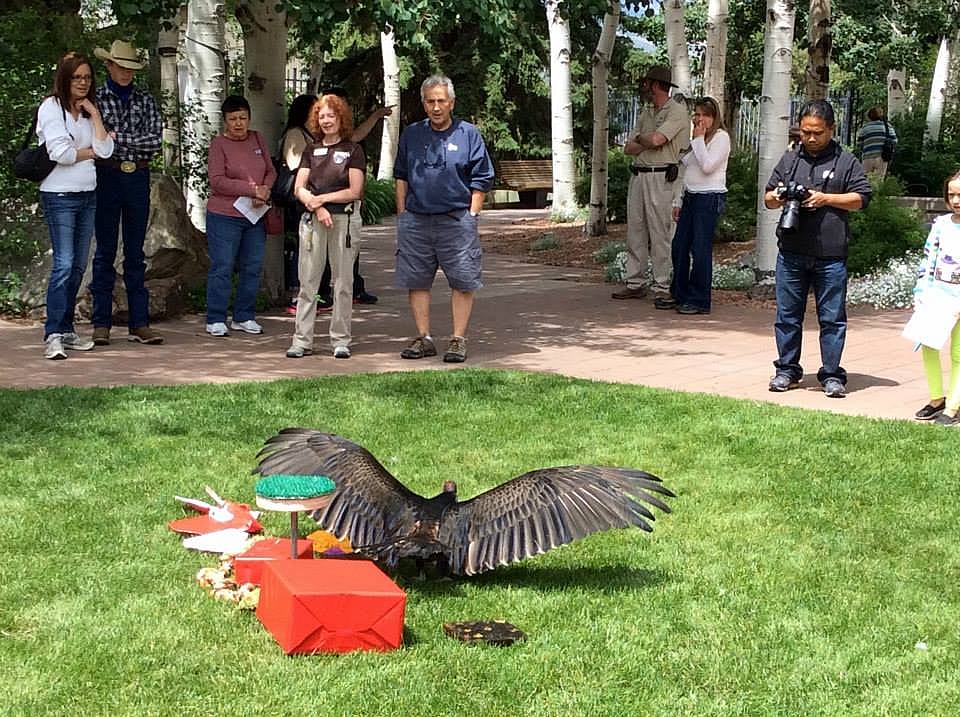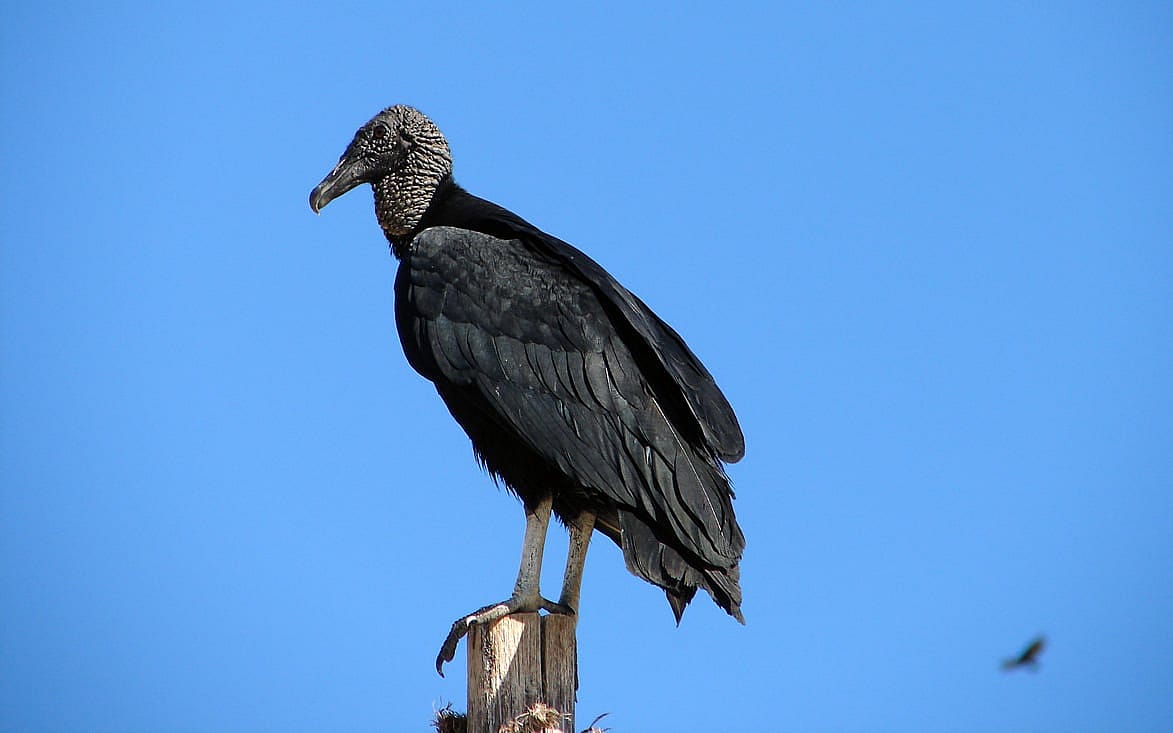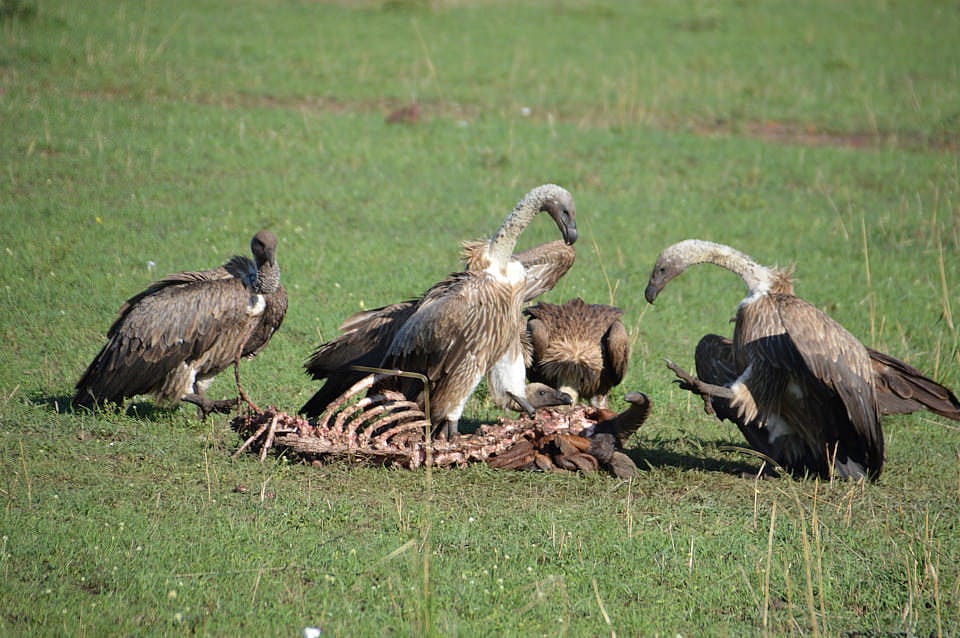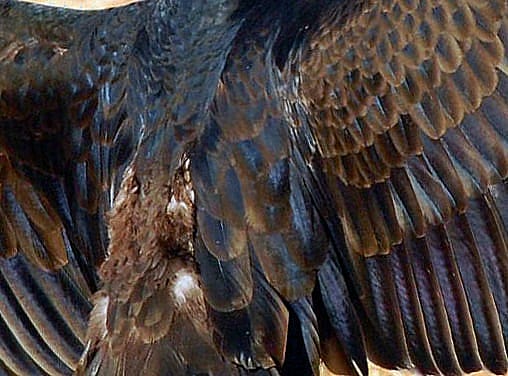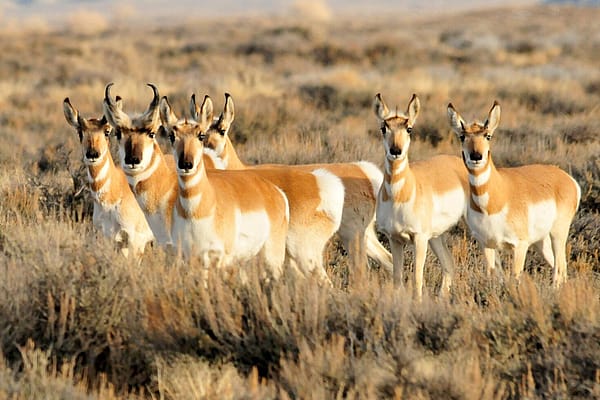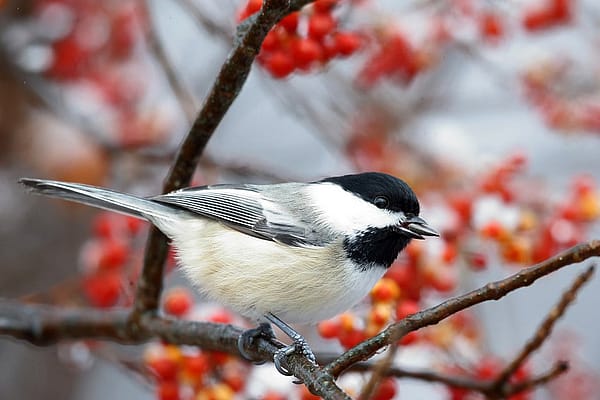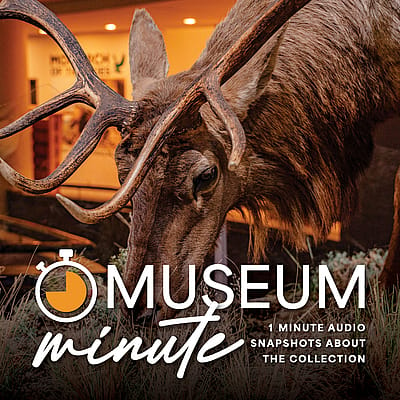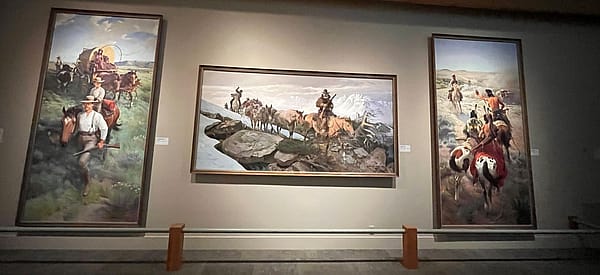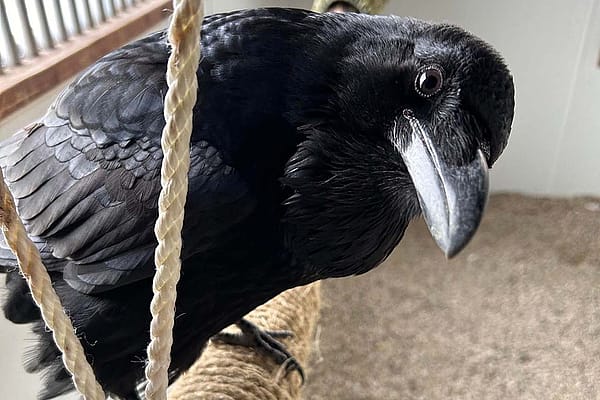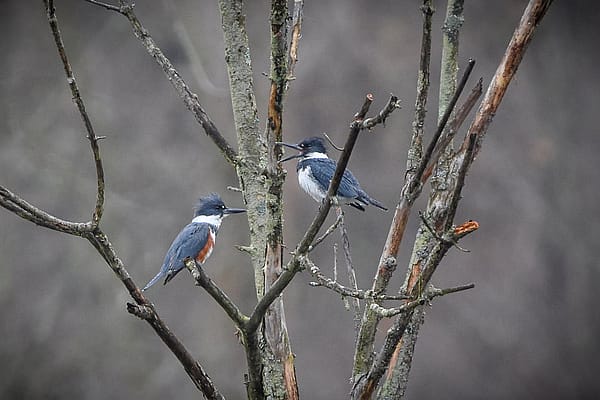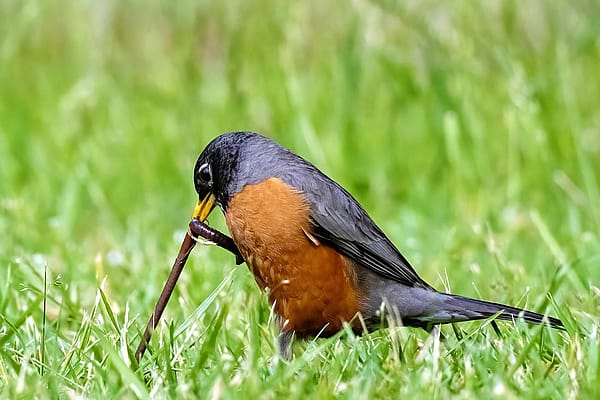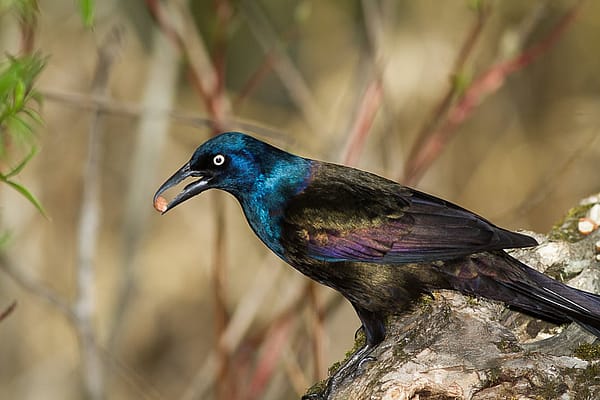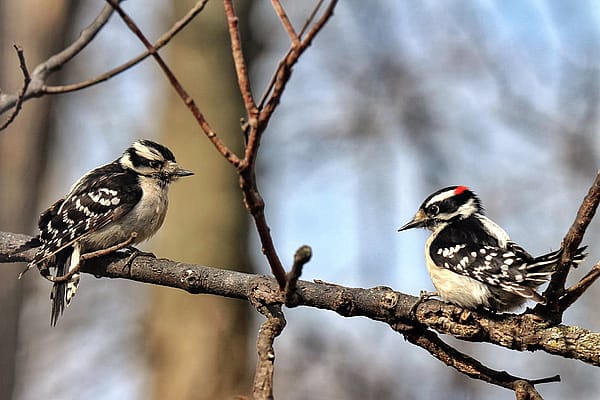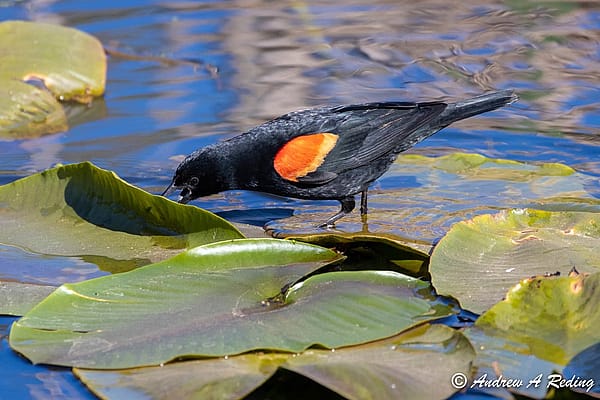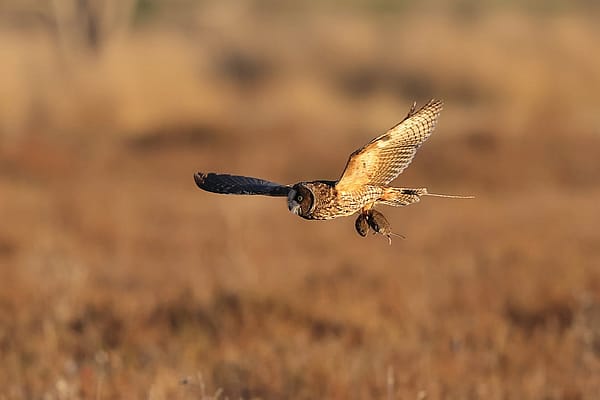
THE ESSENTIAL VULTURE Part 1: Why We Should Love Them
Vultures are one of the most misunderstood and maligned species in the world. Suli, the Draper Museum Raptor Experience’s Turkey Vulture, triggers a variety of feelings from our visitors. Upon first seeing her, our visitors initial reactions vary from faces showing disgust to smiles and wonder. Some people comment on how ugly she is, others on how beautiful. To my eyes vultures are beautiful, and Suli is adorable – although I have to admit some species of vultures are more attractive than others. The first vultures I ever observed were Black Vultures. As a child, walking down a deserted beach in Florida, I came upon a group of Black Vultures standing on the beach. My initial reaction was nervousness. Did I dare walk past them? They were big. They were scary looking. And I had never seen any bird like them. As an adult I have learned that vultures are wonderful, essential birds that we should all greatly appreciate.
Disgusting? Their scientific name, Cathartes aura, means “pacifier” or “cleanser.” The Cherokee Nation called them the “Peace Eagle.” Seen from a distance they may resemble an eagle, and they do not kill prey, rather they scavenge. In most cases they form monogamous pairs that evenly share parental care of their young. They hang out, sleep, and bathe in large social groups, and they consume dead animals, helping to clean up our environment. Lacking vultures, carcasses may take three times longer to decompose. These reeking, rotting carcasses would draw in flies and other insects as well as scavengers such as feral dogs, which can spread diseases to people, livestock, and other animals. Vultures, which clean a carcass down to the bone, can prevent the spread of diseases. Their stomach acids can kill diseases such as anthrax, botulism, cholera, salmonella, and rabies, so that consuming everything edible will sterilize a carcass, preventing the spread of deadly diseases to humans and other animals.
Ugly? It is true that most species do not have feathers on their faces, and many have bald heads. But is it really necessary to be completely feathered to be nice looking? When did baldness equate ugliness? When did having a featherless face equate ugliness? Vultures eat carrion, and at times the freshest and most favored parts are deep inside the animal they are feeding on. Think of a feathered head being placed deep within a dead deer. Now picture the head being pulled out. All those feathers would be swept backwards, picking up all kinds of internal scraps. Now THAT would be ugly!
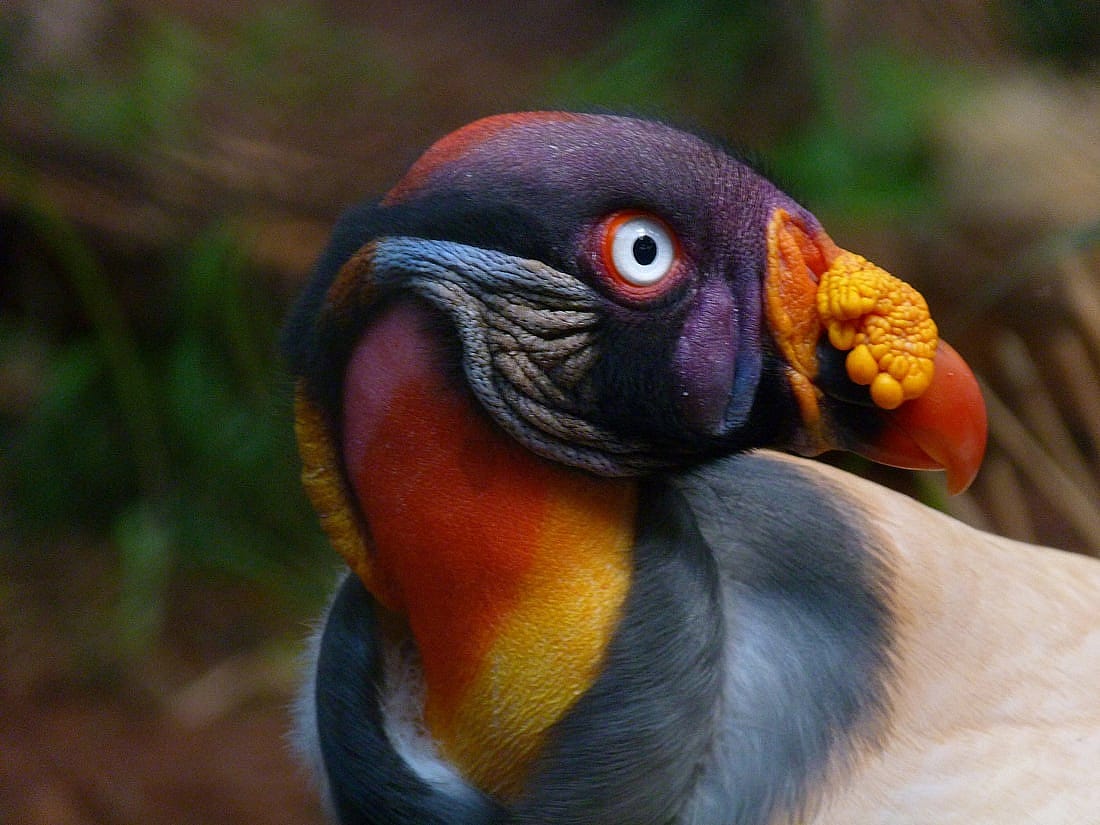
With bald or lightly feathered heads, vultures will pick up blood, but they will not pick up much else. After feeding, if there is a safe source of water near by, they will enjoy a bath. This will wash off the blood and small bits they may have picked up. If there is anything else left, they love to sunbathe with their wings outspread. Little scraps left behind will dry up and fall off as they shake and preen. When Suli has just taken a bath her feathers are beautiful and shiny. In the sun they pick up blues, purples, and greens.
If Vultures live in your area look to the sky. Although Vultures are clumsy on land, they are graceful and beautiful as they soar above you, sometimes for hours. For a virtual flight with vultures enjoy this video: https://www.youtube.com/watch?v=Tc_JnuJhK08&list=PLF84700C2BC54B383&index=13
In Cleveland Ohio’s Metropark Hinckley area, many people understand that Vultures are praiseworthy birds, and actually celebrate the Turkey Vulture, which they call by it’s nickname “Buzzard.” Check out this link to learn about their celebration.
https://www.ohiotraveler.com/hinckley-home-of-the-buzzard/
To view a short video on Hinckley’s annual Return of the Buzzards Celebration, click this link:
https://www.youtube.com/watch?v=upkIQvTl2eE
The next time you see a Vulture, celebrate it, and remember that you are looking at one of the most essential birds on our planet.
Photo Credits:
- Black Vulture by Diego Torres Silvestre, Attribution License, https://www.flickr.com/photos/3336
- Vultures feeding by mtnr98, Attribution-ShareAlike License, https://www.flickr.com/photos/13798135@N08/
- King Vulture by Rusty Clark, Attribution Licence, https://www.flickr.com/photos/rusty_clark
- Photos of Suli, were downloaded from the Draper Museum Raptor Experience’s FaceBook page, https://www.facebook.com/DraperMuseumRaptorExperience/
Written By
Anne Hay
Anne Hay has a Bachelor's degree in Elementary Education and a Master's in Computers in Education. She spent most of her working years teaching third grade at Livingston School in Cody, Wyoming. After retiring she began doing a variety of volunteer work for the Buffalo Bill Center of the West’s Draper Natural History Museum. Anne loves nature and has a concern for the environment. She believes that educating the public, so that they will have a better understanding and appreciation for the natural world, is very important. Because of this belief, volunteering at the Center is a perfect fit. She spends time in the Draper Lab, observing eagle nests for Dr. Charles Preston’s long-term research project on nesting golden eagles, writing observation reports of raptor sightings in the Bighorn Basin, and working with the Draper Museum Raptor Experience. Anne states that, “Having a bird on my glove, is one of my all time favorite things in life.”
